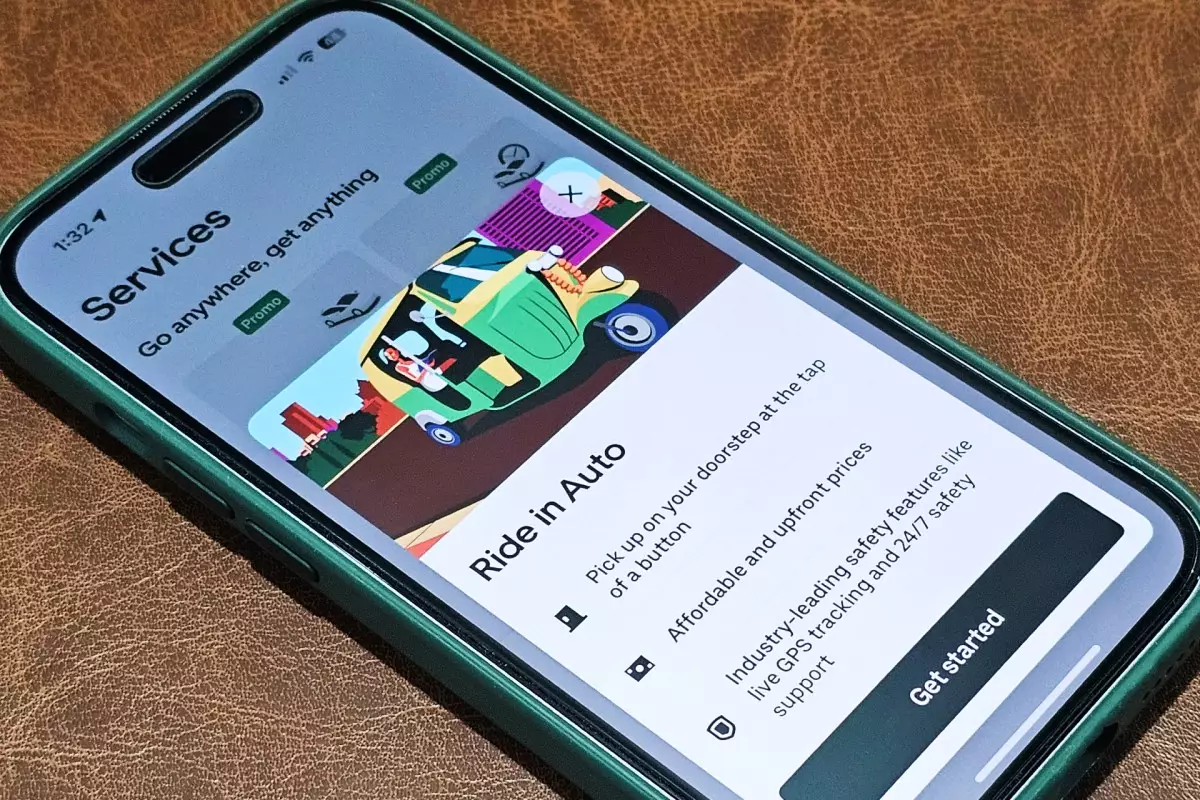In a significant pivot aimed at adapting to the fierce competitive landscape of ride-hailing services in India, Uber has announced a departure from its traditional commission-based model for three-wheeled auto-rickshaw drivers. This strategy comes in light of increasing competition from local players such as Rapido and Namma Yatri, illustrating Uber’s responsiveness to evolving market dynamics. The decision underscores not only a reaction to competitive pressures but also reflects a broader strategy of business adaptation in a diverse and rapidly changing environment.
Uber’s new structure will now require auto-rickshaw drivers to pay a daily fee ranging from $0.23 to $0.46, varying by city, rather than the standard commission that typically hovers between 25% to 40% of each ride. This shift is not merely a financial adjustment but represents a deeper understanding of the operational realities faced by drivers on the ground. With 25% of all motorized trips in India being serviced by auto-rickshaws, Uber’s decision to alter its business model aims to create sustainable margins while also appealing directly to the economic concerns of its driver partners.
The previous model often dictated the economics of ride-sharing in a way that benefitted the company more than the drivers, particularly in a market characterized by price sensitivity and varied income levels. By adopting a flat-fee approach, Uber hopes to alleviate some of the financial pressures on drivers, thereby enhancing driver retention and satisfaction.
The ride-hailing sector in India is burgeoning, with various players carving out niches to attract drivers and riders alike. Competitors like Rapido and Namma Yatri have successfully garnered market share by adopting subscription-based models that eschew commission fees altogether. This shift compels Uber to reassess its operational dynamics in India, positioning itself more competitively against entrenched local alternatives.
In the broader context, Uber’s efforts to experiment with various pricing models in different markets, including Bangladesh and the Southeast Asian region, indicate a strategic willingness to customize offerings based on regional consumer behaviors and competition types, which may differ significantly from the U.S. market. Such adaptations will be crucial as Uber navigates the complexities of the Indian socio-economic landscape.
For riders, this transactional overhaul means they will now pay drivers directly, either in cash or through India’s Unified Payments Interface (UPI), significantly altering the existing user experience. Uber’s system of discounts and credits will now be rendered inapplicable for auto-rickshaw trips, which could disrupt the perception of value that riders traditionally associate with the platform. Moreover, the aforementioned shift in fare disputes—where riders may engage in haggling with drivers—hints at a cultural adjustment, highlighting the vastly different dynamics of auto-rickshaw services compared to traditional taxi services.
Notably, although cancellation fees will be absent, riders will not receive a finalized fare amount; instead, they will see only a suggested fare which allows drivers to set their own rates. This marks a significant cultural shift in how urban transportation services operate in India, emphasizing the autonomy afforded to drivers while potentially leading to inconsistent pricing experiences for riders.
Concluding Thoughts: Sustainability Through Adaptation
While these changes primarily affect auto-rickshaw services, Uber remains committed to exploring various business models to maintain its competitive edge, particularly through flexible pricing strategies in larger cab services across Indian cities. As the war for market share intensifies, the onus will be on Uber to leverage its adaptability and innovate continuously in response to both competitor actions and changing consumer expectations.
This strategic shift not only illustrates Uber’s response to local competition but also highlights the importance of adaptability in maintaining relevance within a complex and diverse market landscape. As Uber embarks on this new chapter in India, it must navigate the delicate balance of empowering drivers while fostering a satisfactory rider experience amidst the evolving dynamics of the industry.

